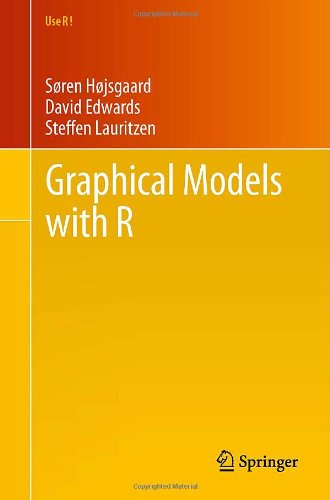

Most ebook files are in PDF format, so you can easily read them using various software such as Foxit Reader or directly on the Google Chrome browser.
Some ebook files are released by publishers in other formats such as .awz, .mobi, .epub, .fb2, etc. You may need to install specific software to read these formats on mobile/PC, such as Calibre.
Please read the tutorial at this link: https://ebookbell.com/faq
We offer FREE conversion to the popular formats you request; however, this may take some time. Therefore, right after payment, please email us, and we will try to provide the service as quickly as possible.
For some exceptional file formats or broken links (if any), please refrain from opening any disputes. Instead, email us first, and we will try to assist within a maximum of 6 hours.
EbookBell Team

4.8
94 reviewsGraphical models in their modern form have been around since the late 1970s and appear today in many areas of the sciences. Along with the ongoing developments of graphical models, a number of different graphical modeling software programs have been written over the years. In recent years many of these software developments have taken place within the R community, either in the form of new packages or by providing an R interface to existing software. This book attempts to give the reader a gentle introduction to graphical modeling using R and the main features of some of these packages. In addition, the book provides examples of how more advanced aspects of graphical modeling can be represented and handled within R. Topics covered in the seven chapters include graphical models for contingency tables, Gaussian and mixed graphical models, Bayesian networks and modeling high dimensional data.